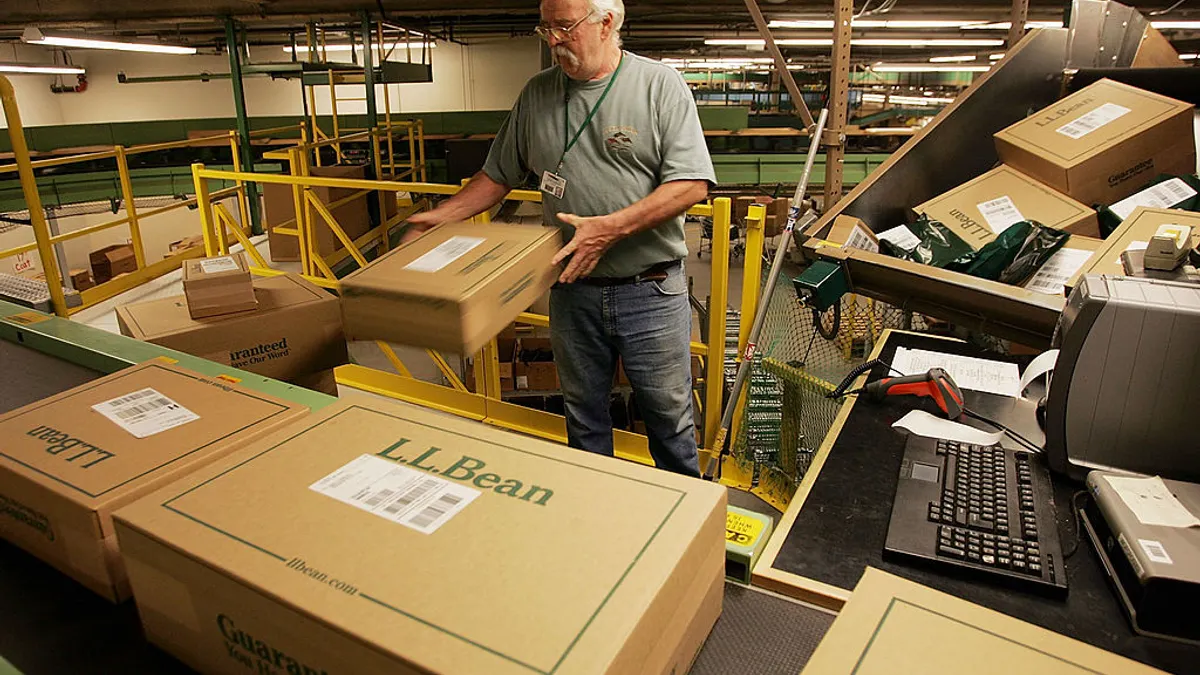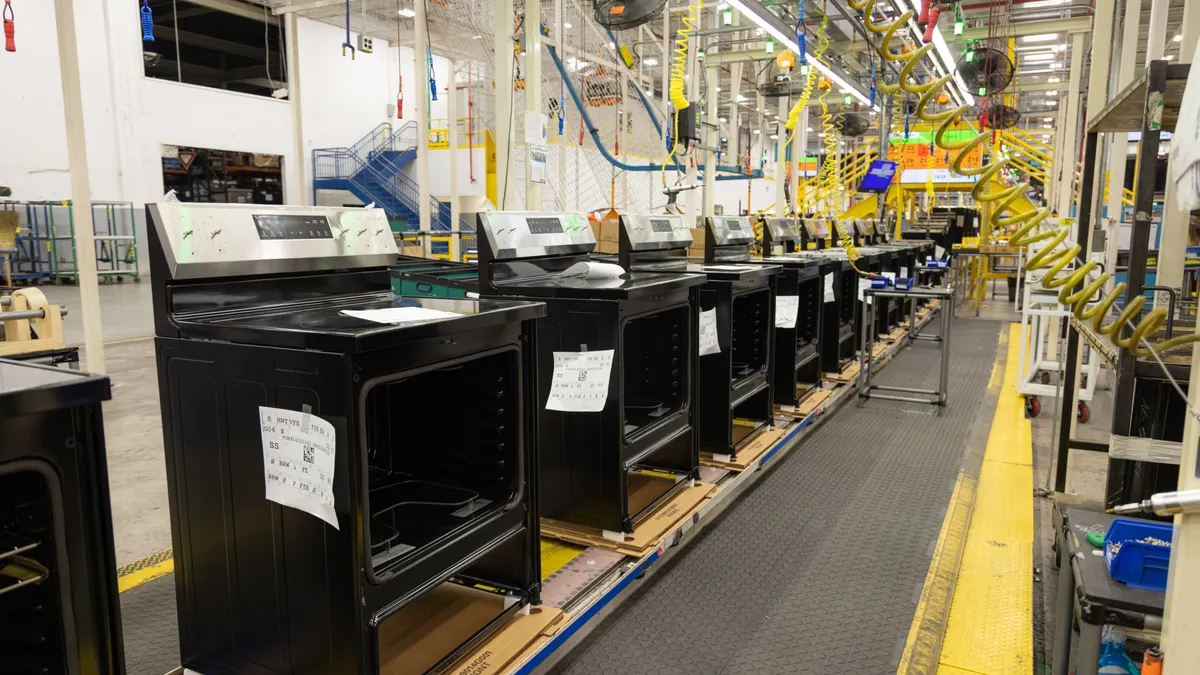Nearly 13 million people work in the manufacturing sector, yet many companies still struggle to find and retain skilled labor. In a bid to fill this gap, more companies are turning to AI and data analysis software.
One such company is Iron Embers, an Ontario-based fire pit manufacturer. The company leverages data analytics in its operations and hiring by using Microsoft’s suite of business-focused Power Apps and data visualization tool Power BI and integrating the two with its own ERP system, said Business Manager Adrian Tamminga.
“This powerful combination enables us to measure shop floor staff productivity and identify skill gaps effectively,” Tamminga said. “By having access to this data-driven information, we can make informed hiring decisions, ensuring that we bring the right talent on board and address any existing shortcomings in our workforce.”
Tracking employee performance by job, work center and manufacturing process gives the Iron Embergs team the best view of what skills each employee possesses and where there is room to improve. “That improvement comes from additional training or hiring to fill a very specific need,” he added.
How data can improve recruitment programs
While incorporating data analysis software into a hiring strategy can come with high upfront time and monetary investment, experts says it’s often worth it to find qualified talent.
Data, in particular, should be the backbone of any recruitment operation, said Jerry Wimer, senior vice president of global operations for Staff Management | SMX, a staffing company that primarily focuses on the manufacturing and light industrial sectors. Many manufacturers still rely on traditional recruitment methods, but these practices no longer work as effectively in light of rapidly changing workplace norms and economic conditions, Wimer noted.
“Not only has the pandemic changed hiring practices, but the age demographic is also starting to shift,” he said. As many older workers are retiring, Generation Z has begun entering the workforce in larger numbers.
“With this shift comes new priorities for job seekers, and using current market and historical data, you can gauge what people are looking for and adjust accordingly. This is especially important if you have a static wage and need to find other ways to attract talent, Wimer added.
For example, if the surrounding population data shows that the majority of residents live a far distance from a facility, a company could offer resources to help bridge that gap and make recruitment more enticing, Wimer said. This could be anything from starting a shuttle service to help employees get to work to adding gas cards or credit as an employee benefit.
Another prime way to use data is by optimizing a company’s current recruitment program, Wimer added. “Make sure you are tracking and analyzing your recruiting spend so you know what channels are working and which are not. Each month, you should know your cost per hire and employ tactics to reduce it over time.”
Smaller manufacturers can leverage data analytics to find talent
While data analytics tools particularly help large manufacturers with multiple factories employing thousands of workers, small-scale manufacturers can also benefit from using free or affordable tools and online databases to make their hiring process more efficient.
“Being a smaller operation doesn’t mean you can’t use data to your advantage,” Wimer said.
There are many free labor market tools to assist in aggregating information, such as Salary.com and the Bureau of Labor Statistics. Using such tools can also help companies better gauge the wages and benefit packages being offered by competitors in their area.
“If what you are trying isn’t working, it might be because an operation down the street is offering a higher wage or a new employee benefit,” Wimer added.
Tamminga recommends considering open-source software or subscription-based services suitable to a company’s budget.
“Manufacturers can also collaborate with local educational institutions or industry associations to gain access to relevant data and resources,” Tamminga added. “By starting with basic metrics and gradually incorporating more complex data analysis as their budget and resources permit, smaller firms can still benefit from data-driven recruitment strategies.”
Companies should be wary of unreliable data
Despite the many applications data can offer recruitment teams, executives should be wary of its limitations, Wimer said.
“Look at the integrity of your data first. Data is only as good as its source,” Wimer noted. “You need to spend the time upfront to determine if your data is accurate and reliable. If it’s not, you need to rectify that first before you dive into making decisions based on it.”
Leaders also need to remember to balance what the data is saying with what they know about their business, he added.
This is particularly true for leadership positions, cautioned Lisa Walker, managing partner of the global industrial practice at DHR Global.
“When it comes to hiring and evaluating leadership positions, it’s important that data analytics aren’t driving the entire decision-making process as analytics often lack the subtlety to fully understand the nuances of leadership,” she said. “Current data analysis tools have yet to bring forth this holistic view of a candidate that also takes into consideration their level of soft skills.”


















